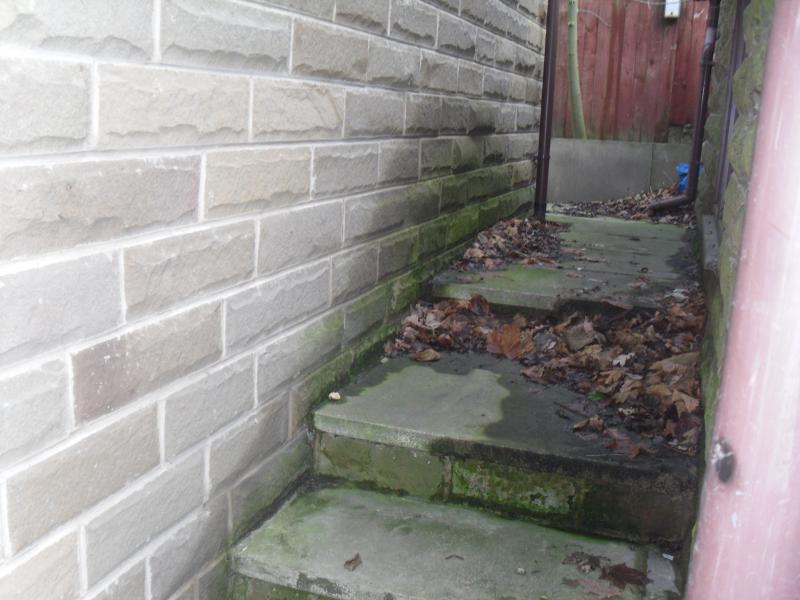I am in the process of buying a house which has an extension. Around the extension there is a raised path which from what I can tell is approx 1.2 maximum above the DPC. I have asked the vendor (who is an NHBC builder who actually built the extension) about this and if the extension is tanked but have not had straight answer.
I have looked at the plans at the council which show the DPC at 150mm above ground level and no raised path around the extension. Building control say they approved the work but could say if it covered the raised path.
What I need to know is can the path be installed above the DPC; if so should the wall be protected and should there be a DPC above raised path.
If the path is built on concrete does this make any difference
Any help appriciated
Andrew
I have looked at the plans at the council which show the DPC at 150mm above ground level and no raised path around the extension. Building control say they approved the work but could say if it covered the raised path.
What I need to know is can the path be installed above the DPC; if so should the wall be protected and should there be a DPC above raised path.
If the path is built on concrete does this make any difference
Any help appriciated
Andrew


